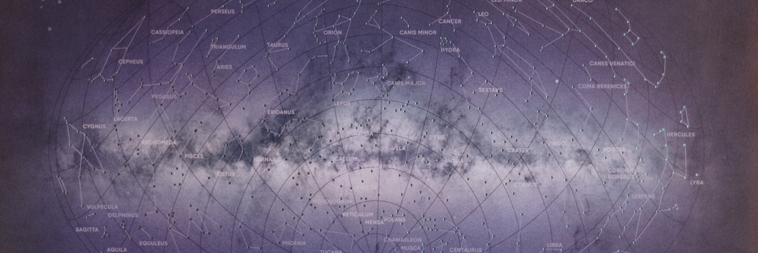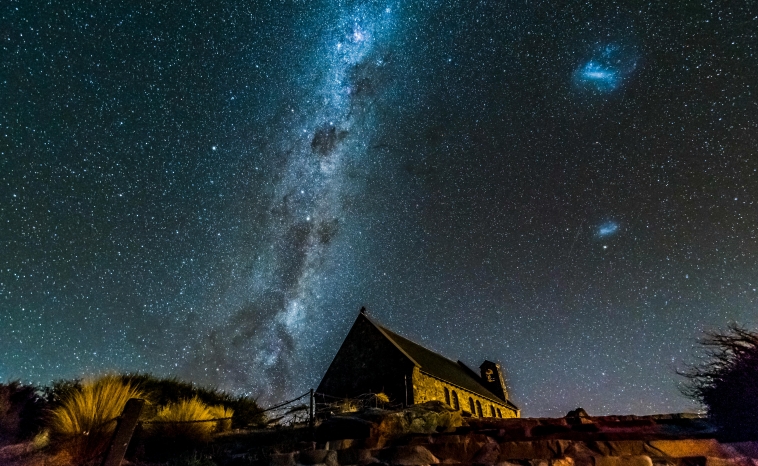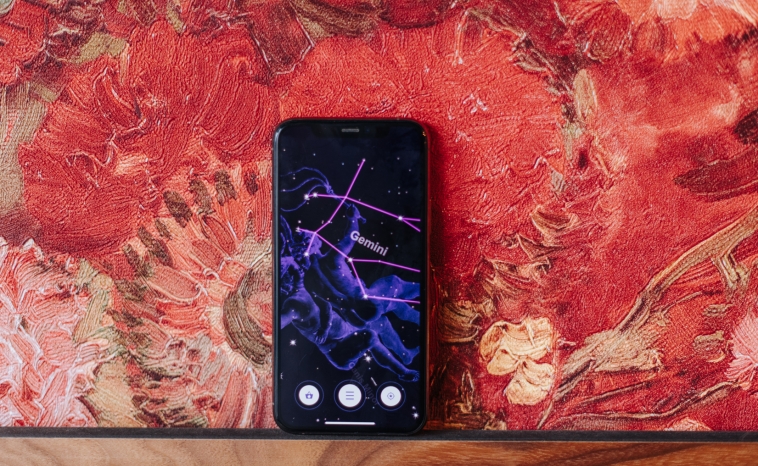How to use a Star Map (Southern Hemisphere)

Discover how to use a star map in the Southern Hemisphere. Learn to navigate the night sky and explore constellations with ease.
Navigating the night sky in the Southern Hemisphere can be a breathtaking experience, with celestial sights that are unique to this fabulous part of the world. Just like the Northern Hemisphere, the Southern sky features plenty of famous constellations, such as the Southern Cross and Centaurus. And with that in mind, a star map is an essential tool for anyone looking to explore the cosmos and locate celestial objects with accuracy. In this guide, we’ll explore how to use a star map in the Southern Hemisphere. We’ll examine what to look for, and how you can even name a star for someone special!
Understanding a Star Map

A star map is a representation of the night sky at a specific location and time. Since the stars appear to move throughout the night due to Earth’s rotation, a good star map will help you track constellations and planets as they shift across the sky. Unlike in the Northern Hemisphere, where Polaris serves as a guide, in the Southern Hemisphere, stargazers rely on the Southern Cross to find their bearings.
Types of Star Maps for the Southern Hemisphere
Printed Star Charts
Traditional printed star charts are an excellent resource for getting familiar with the night sky. These charts display constellations and deep-sky objects based on the time and date of observation. Some maps even glow in the dark, making them extra practical for night-time use.
Rotating Planispheres
A planisphere is a circular star map that allows you to adjust for different times of the year. By rotating the disc to match the date and time, you can see an accurate representation of the night sky. This is a great tool for beginners and experienced astronomers alike.
How to Use a Star Map (Southern Hemisphere)
Using a star map is simple, but it does require a few steps to ensure accuracy:
- Know Your Location and Time: Star maps are designed for specific latitudes, so be sure to use one suited for the Southern Hemisphere. The constellations you see will also change depending on the time of year.
- Find a Dark Sky Location: Light pollution can obscure many stars, so it’s best to use your map in a dark-sky area.
- Orient the Map Correctly: Hold the map above your head and align it with the cardinal directions. Many maps include a glow-in-the-dark feature to make navigation easier at night.
- Identify Key Constellations: Start with bright and recognisable constellations like Orion, Scorpius, and the Southern Cross, then use them as reference points to find smaller star patterns.
- Use a Red Light: Avoid bright white torches, as they can interfere with your night vision. Red light torches help preserve your ability to see faint stars while using your map.
Seasonal Star Gazing in the Southern Hemisphere

The night sky is constantly changing throughout the year. So, it’s important to know what to look for each season to enhance your stargazing experience.
- Summer (December – February): Orion is prominent, with its famous Orion’s Belt and the bright star Betelgeuse.
- Autumn (March – May): The Southern Cross becomes highly visible, along with the Large and Small Magellanic Clouds – two satellite galaxies of the Milky Way.
- Winter (June – August): Look for the bright star Canopus, and constellations like Scorpius and Centaurus.
- Spring (September – November): The Andromeda Galaxy can be spotted, along with constellations like Pegasus and Pisces.
Digital Star Maps: The OSR Star Finder App

If you prefer modern technology, digital star maps provide a highly interactive way to explore the sky. The OSR Star Finder App is a fantastic tool that allows you to locate stars and constellations with ease. To get started, simply point your phone at the sky, and the app will identify celestial objects in real time.
The OSR Star Finder App offers:
- Augmented Reality Sky Mapping: See the stars, constellations, and planets overlaid on your phone screen.
- Personalised Star Location: If you’ve named a star with OSR, the app will help you find its exact position in the sky.
- Interactive constellation guides: Learn more about the history and mythology behind different constellations.
- Custom Star Registry Integration: Enter your OSR Code and instantly access details about your named star.
Our OSR Star Finder App makes stargazing more accessible and engaging for beginners and experienced observers alike. Whether you’re out in the countryside or in a city with limited visibility, use the app to enhance your stargazing experience!
Name a Star in the Southern Hemisphere
A star map is an invaluable tool for anyone who loves the night sky, helping stargazers navigate the constellations and discover celestial wonders unique to the Southern Hemisphere. Whether you prefer a printed map, a planisphere, or a digital app, having the right tools will make your experience even more rewarding. And if you want to make your night sky journey extra special, why not consider naming a star with OSR?
If you’re looking for a meaningful gift for an astronomy enthusiast, naming a star is a fantastic option. And when you choose the Online Star Register, you’ll receive a few special extras too! Your pack will include a personalised star certificate, star map, and access to digital tools like the Star Finder App. You can choose a star visible in the Southern Hemisphere, making it a perfect gift for stargazers in Australia, New Zealand, South America, and South Africa.
Explore the Online Star Register today and find the perfect star for yourself or a loved one!

